Tradition consciousness is once again being emphasized, and so the old signs are being rediscovered. In the well-kept historical centers of many places with their medieval or baroque townhouses, there are still many traditional and artistically designed inn signs and other projecting signs. These old advertising signs were intended to draw the attention of passers-by to an inn, a shop, or a workshop and always show a representative symbol of that business or a logo, as we would say today. They are attached at right angles to the house wall above, so that they jut out into the street like a "nose" and are also visible from a greater distance.
Inn signs in Tyrol and South Tyrol
This type of marking of shops or inns is ancient. Even in ancient times during the Roman era, it was common to hang bouquets of branches and foliage at the entrance of inns. This tradition has persisted to the present day: Buschenschanken or the Heurigen in eastern Austria still indicate that they are open by hanging out a "bush" or a "wreath" at the gate.
The first proper projecting signs were probably made of wood and painted, and it wasn't until the Middle Ages that wrought iron projecting signs became common in Tyrol. This went hand in hand with the upswing of mining in Tyrol, which also brought about a flourishing of metalworking crafts and trades. Tyrol became particularly world-famous under Emperor Maximilian I for its cannon and bell foundries and its weapon forges. The prosperity that arose from this initial industrialization naturally also had an impact on other economic sectors, especially on the hospitality industry, so that the inns also had expensive and elaborately designed wrought iron projecting signs made. The oldest surviving projecting signs in Tyrol and South Tyrol date back to the second half of the 17th century.
Delicate Artworks
New techniques allowed for increasingly intricate processing of wrought iron. Spirals, spindles, flowers, and all kinds of foliage in ever finer and more delicate execution show that the blacksmiths quickly adopted and implemented the technical innovations.
In the 20th century, many of the old projecting signs were left to rust or even dismantled. In the meantime, however, there has been a renewed focus on traditions and an appreciation for the craftsmanship behind them. The old "advertising boards" now often shine in new splendor, are lovingly restored and maintained. You just have to walk through the streets with open eyes, especially in Innsbruck or in Landeck, in Brixen, Klausen, Bolzano, and Sterzing, but also in smaller places like Villanders, Glurns, or St. Leonhard in Passeier, we find beautiful examples of these small works of art. Occasionally, new projecting signs are added, because many innkeepers or businessmen prefer to invest in an original projecting sign rather than an ordinary illuminated sign.
 How do you like the content of this page?
How do you like the content of this page?
Please give us your feedback!
Month
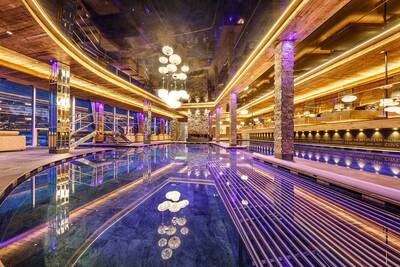
Vacation Offers
tips







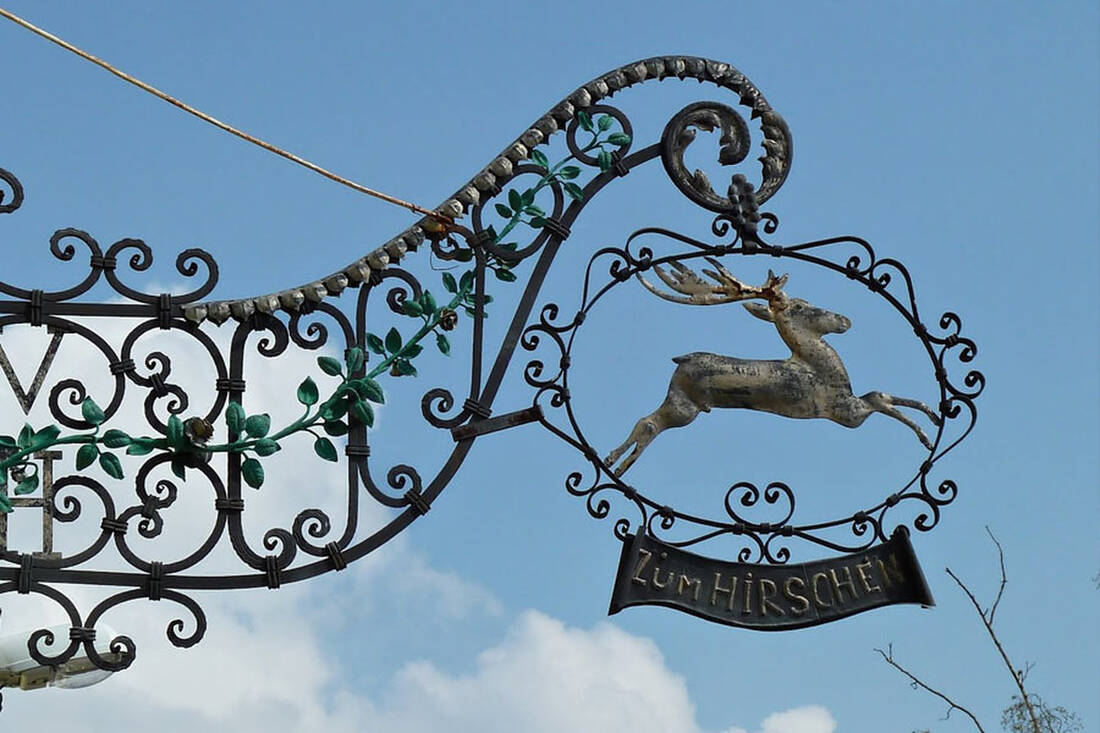
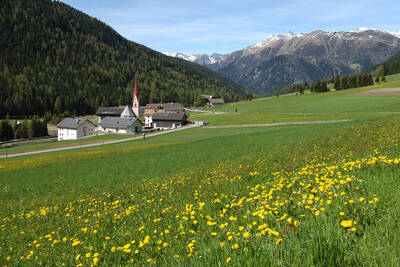
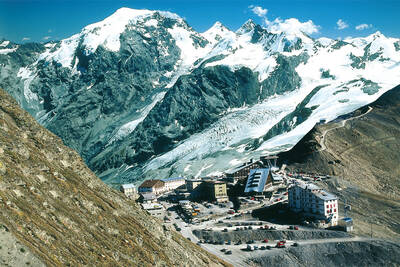
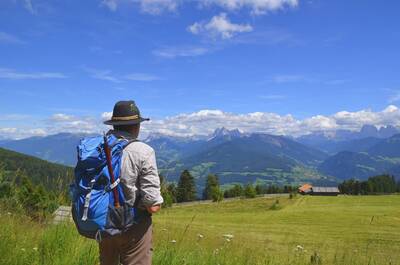
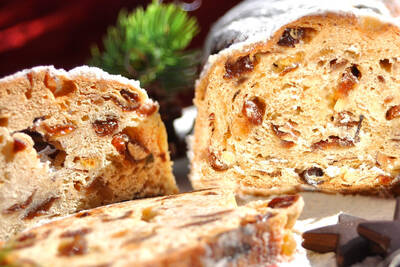
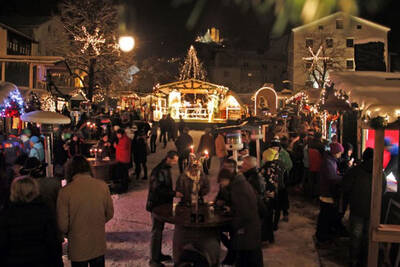
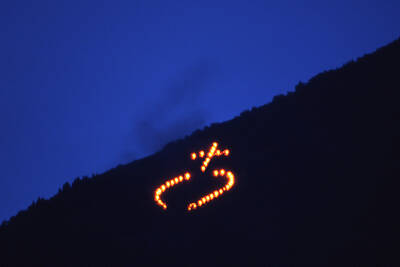
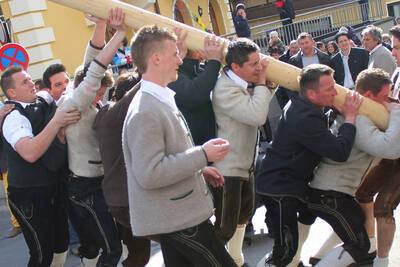
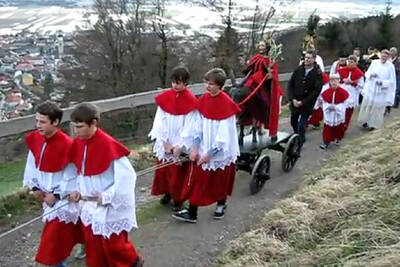
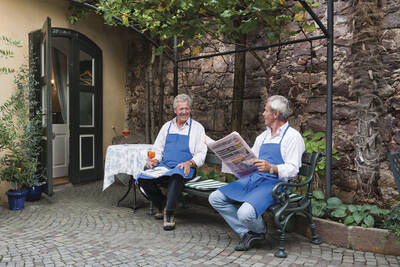
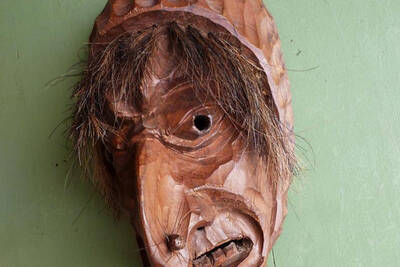
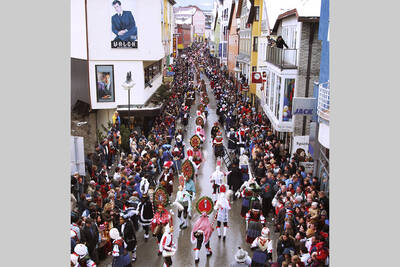
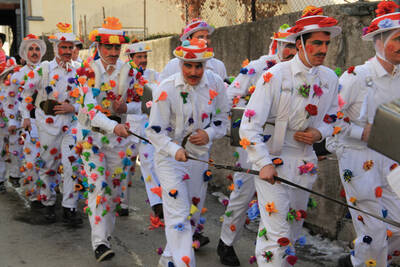
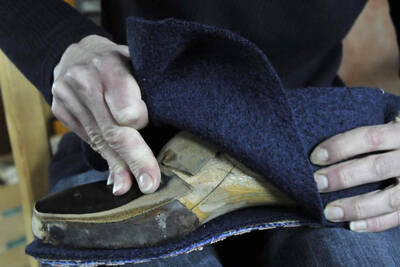
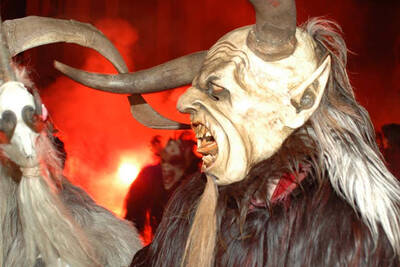

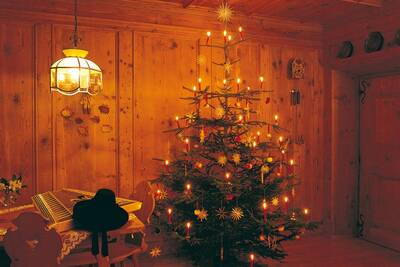
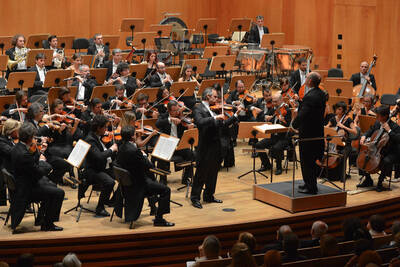
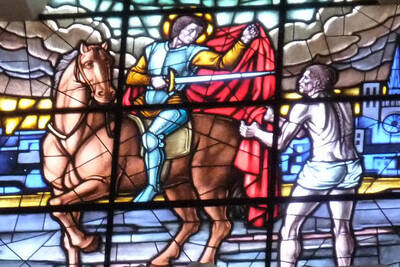
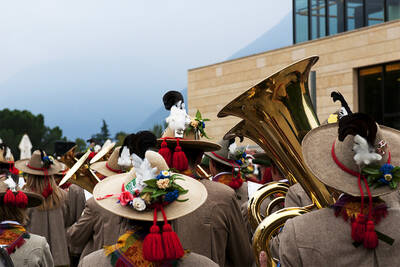
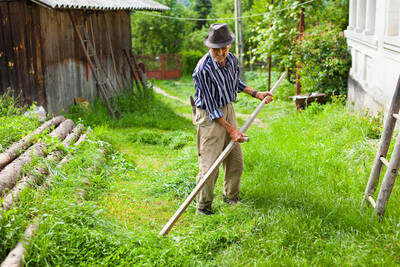
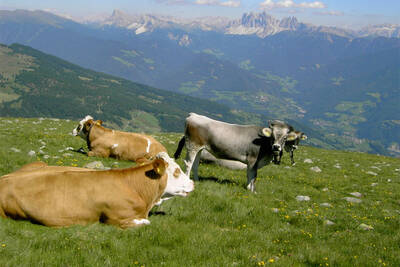
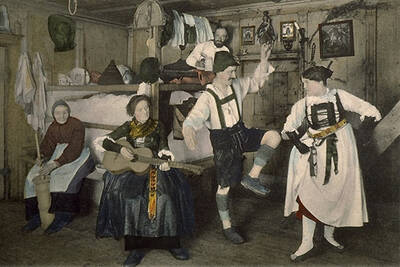
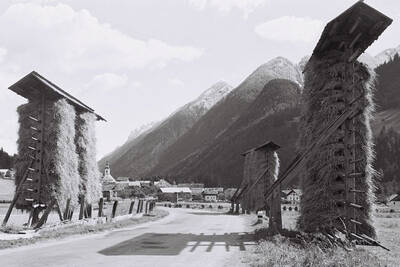
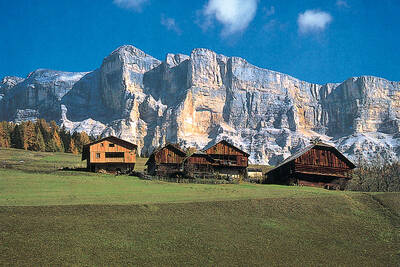
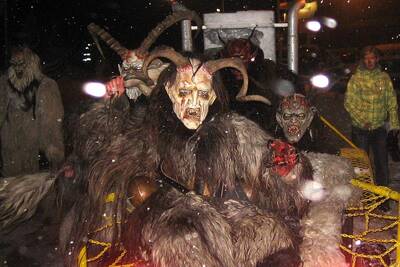
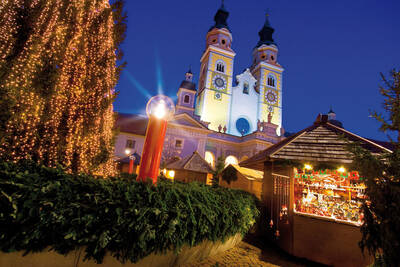
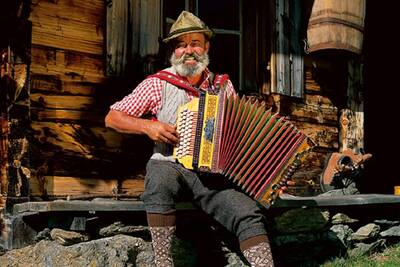
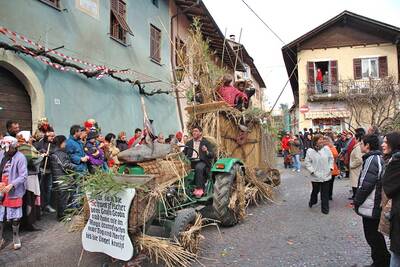
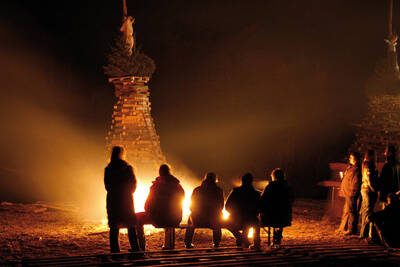
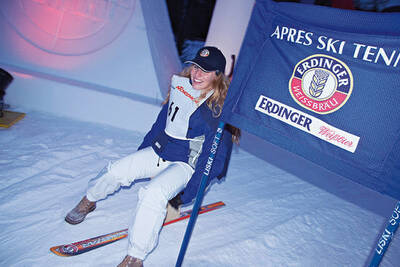
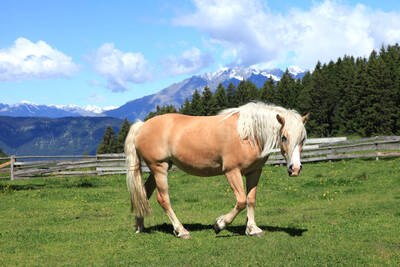
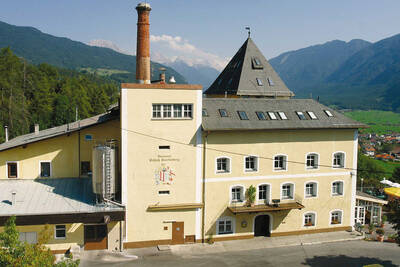
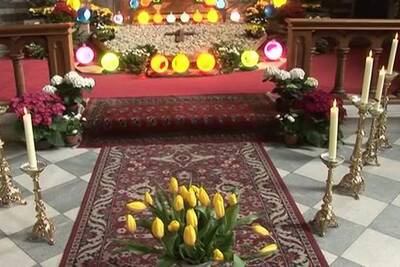
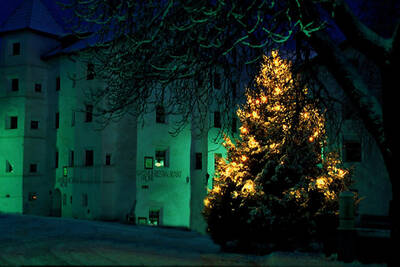
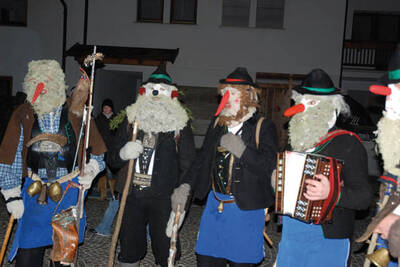
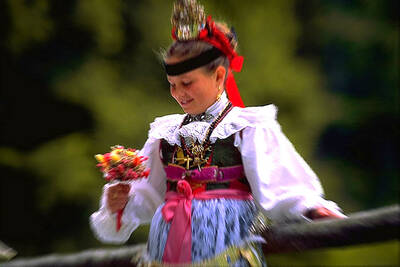
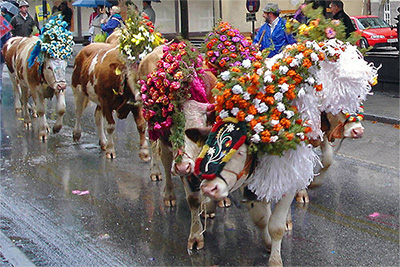
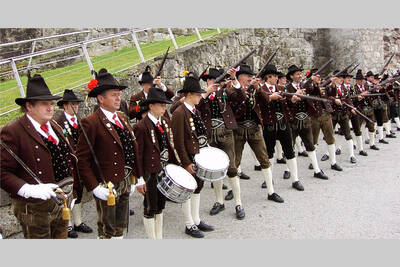
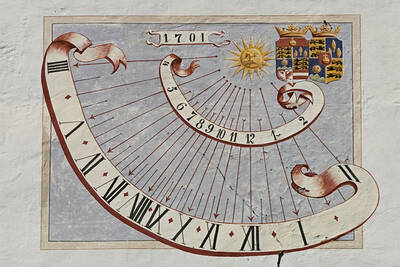
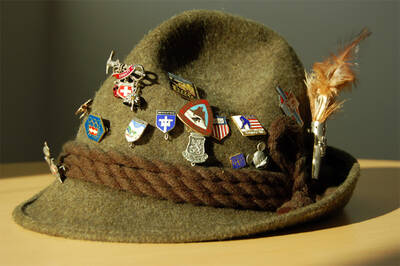
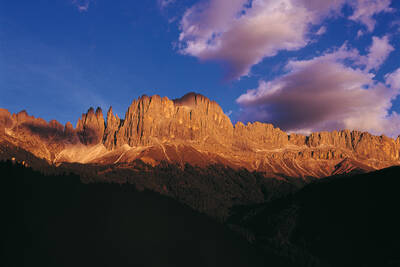
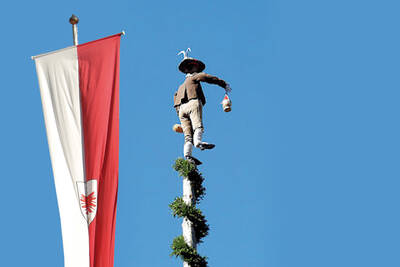
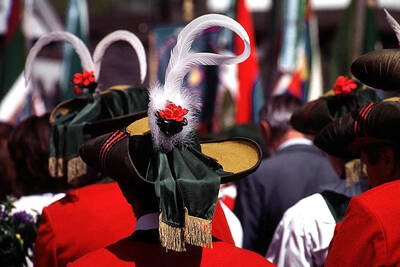
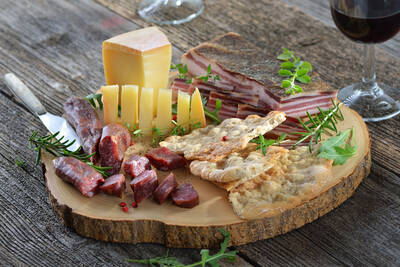
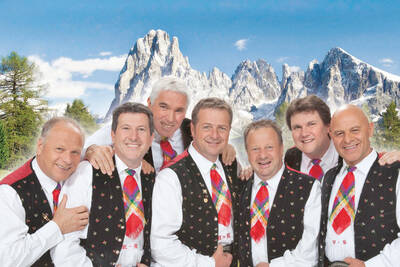
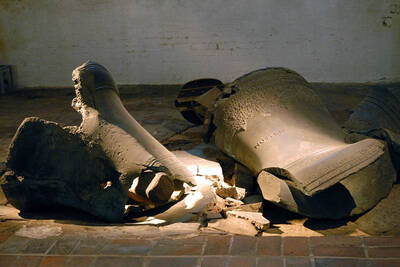
 More infos…
More infos…